Introduction
Uchida has been molding and processing composite materials (FRP) since establishment in 1968. Our business centers on next-generation mobility and weight reduction through the advancement of CFRP and its distinctive “lightweight, strong, and non-corrosive” characteristics. In this issue, we will look at machine processing from the perspective of a specialist manufacturer–our perspective.

What is Carbon? Delving into CFRPs
While the term carbon fiber refers to thin strands of carbon, these fiber strands will not retain their form on their own. Thus, they are combined with a resin to retain the shape and maximize its distinct lightweight and strong characteristics.
Composite materials are substances composed of two or more constituents, such as carbon fiber and resin, to yield new functions. Carbon fiber reinforced plastic (CFRP) is the name given to a composite created from carbon fiber and resin.
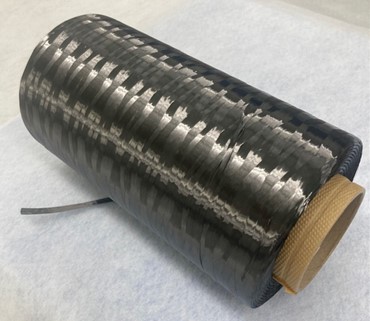
The composite is named after the type of fiber employed. Carbon fiber composites are named carbon-fiber reinforced plastic (CFRP), glass fiber composites are referred to as GFRP, and aramid fiber composites are called AFRP. The distinctive “lightweight, strong, non-corrosive” qualities of advanced CFRP has opened doorways for leading-edge development in various fields, such as aviation, satellites, automobiles, and sporting and leisure equipment industries. Unlike metals and other isotropic materials, with CFRP, the strength is determined by the orientation of the carbon fibers (anisotropic) and therefore necessitates product-specific material design. The high degree of design versatility, in terms of resin and carbon-fiber constitution and arrangement, means that is volatile and difficult-to-handle without expert technical knowledge of the material and its properties.
Challenges
Despite its numerous merits, CFRP is still succumbs to various challenges in productivity and cost-efficiency. These include the need for molds, high material costs, and complex production processes.
CFRP Molding Methods
Before delving into CFRP processing, let’s first look at molding methods. CFRP molding methods come in varying forms and are selected according to the application, shape/form, and production lot.
Autoclave Molding
RTM (Resin Transfer Molding)
Va-RTM (Vacuum Assisted Resin Transfer Molding)
Press Molding
Hand Lay-up Molding
Filament Winding Molding
Sheet Winding Molding
Pultrusion
3D Printer
At Uchida, we use the fabrication methods shown in red.
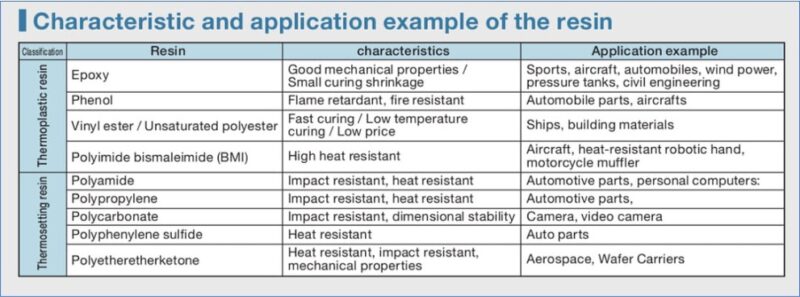
Autoclave Molding Method: The Hallmark of High-quality CFRP Product Manufacturing
Despite the extensive range of molding methods, autoclave molding remains the hallmark method for design versatility and high-quality CFRP fabrication. High-quality CFRP created using the autoclave molding method is known as dry carbon. This method is suitable for prototyping and small-lot production as it does not require expensive metal molds. The diagram below illustrates the production process of CFRP products using the autoclave molding method.
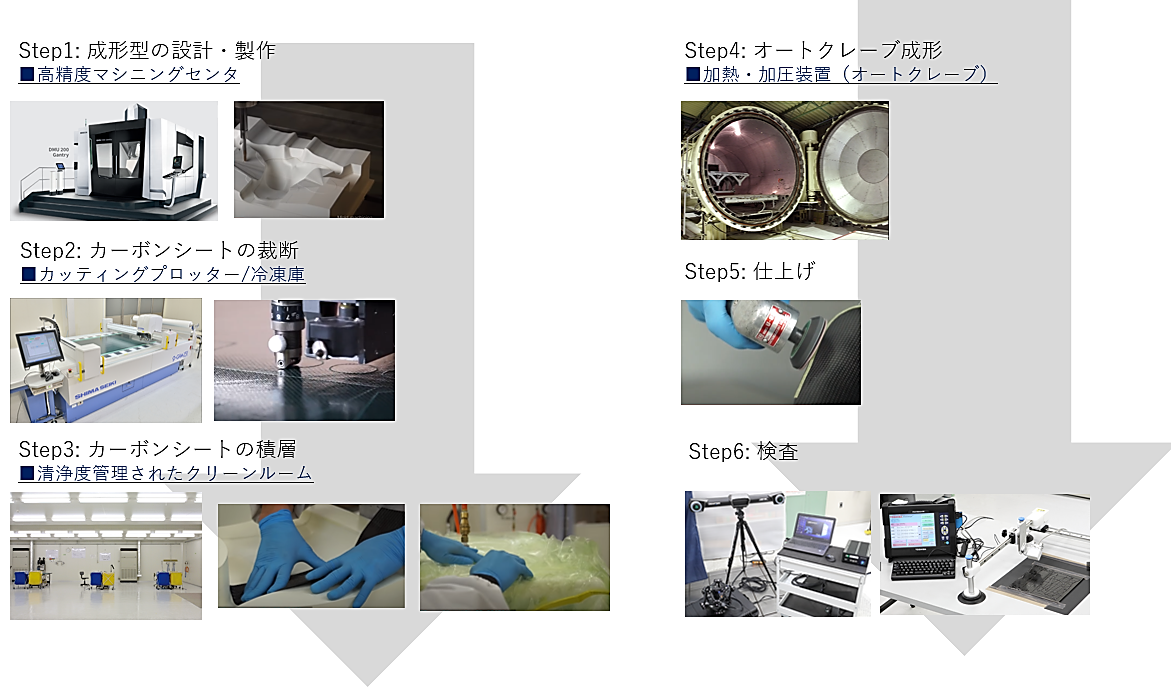
CFRP Processing (CFRP Machining)
There are some important points to note when machining CFRP.
Knowledge of its Anisotropic Structure (Fiber Orientation)
As a review, CFRP is an anisotropic material whose strength depends on the direction of the fibers. Thus, machining requires a specific understanding of the fiber orientation, lamination structure, and properties of the resin used as the matrix. Proper machining paths cannot be created without unique know-how on CFRP (composite material) handling and property variances, such as differences in machining resistance depending on the amount and orientation of the fibers, laminate configuration, or differing thermal properties contingent on the resin.
Dry Processing Prerequisites
Cutting oils are incompatible with CFRP machining due microscopic liquid-absorbing properties of the carbon fibers which soak up and retains the oils if immersed. Although moisture absorption is not visible on the exterior, as any soaked surfaces may delaminate after long-term use of the product, we must exercise caution when handling the material. If using the products in humid environments, we will specially treat the surface with paint or sealant after machining to prevent moisture absorption.
Uchida’s Commitment to Secondary Processing
Uchida Finishing Room
The Finishing Room is where the finishing processes of molded CFRP products are completed. This includes applying finishing coats to machined molds and other final post-molding processes such as trimming, drilling, gluing, assembling, and painting/coating. This room oversees the final finishing steps in our one-stop manufacturing service which delivers everything from design/analysis and mold fabrication to lamination, molding, secondary processing, painting/coating, final inspection, and testing.

Commitment to Mold Finishing
For CFRP-use molds (prototype molds, in this case), a resin coating is applied to the surface of the mold after it has been precision machined in the machining center. Technically speaking, any mold machined in a machining center will have an uneven surface due to the use of ball end mills and similar. The accuracy of the mold’s surface is transferred directly to the CFRP product and, therefore, we must pay careful attention to process the surface with the final appearance in mind.
This step can completely change the quality in appearance of the product, so we are continuously working to refine mold quality without compromising the precision of the machining center.
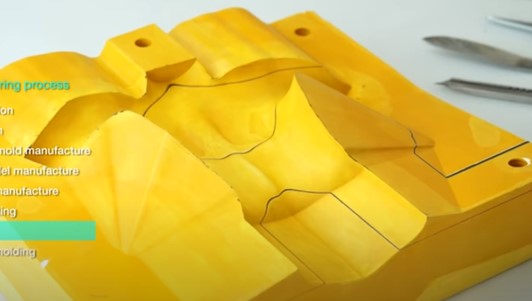
Commitment to CFRP Product Finishing
At Uchida, our main business lies in prototype development and high-mix low-volume production. Secondary processing in the machining center is limited to products which require high dimension precision, processing of bulky structures, or CFRP/metal hybrid co-processing. Aside from this, secondary processing is generally completed by hand in the finishing room.
Due to manufacturing complexity and the costs of CFRP materials, any errors in final stages can lead to significant losses. With our key focus in quality, we are adamant about cultivating a refined eye for detecting defects in the front-end processes, and on augmenting the skills of our technicians and production environment to prevent any defects in our meticulously crafted products.

Summary
In previous issues, we delved into secondary processes starting with an overview of CFRP manufacturing. As CFRP processing necessitates honed wisdom and expert know-how on CFRP materials, attempting to process it without thorough understanding of the product structure can lead to significant problems down the line. Moreover, as CFRP generally requires dry processing, it cannot be performed with metalworking machines or machinery that uses cutting oils. This means that much of work is done by the hands of trained technicians—a key point in CFRP manufacturing.
For those looking into CFRP product fabrication, we advise you seek a manufacturer with a strong track record and knowledge of CFRP.
UCHIDA Machining Center
Large, high-precision 5-axis machining center for meeting diverse needs and requests.
DMG MORI TVCM 「Front Runner Vol.46 UCHIDA Co.,Ltd.」
Machining Materials: “CFRP/GFRP Composites, Aluminum, Titanium, and Chemical Woods”
- DMG MORI, 5-Axis, M/C DMU 200 Gantry: X2000xY2000xZ1200
- DMG MORI, 5-Axis, M/C DMU 125P: X1250xY1000xZ1000
- DMG MORI, 5-Axis, M/C DMU 100P: X1000xY1000xZ1000
- NEO, 5-Axis, M/C MM4223: X4000xY2000xZ1200
- DMG MORI, 3-Axis, M/C VS10000: X2050xY1000xZ600
Related useful contents
You can explore related content by clicking on a topic of interest.
ABOUT UCHIDA - 55 years since our founding
We leverage a wealth of technical expertise as a CFRP molding and processing manufacturer using FRP, GFRP, and CFRP materials. We offer a one-stop solution, encompassing design, analysis, manufacturing, secondary processing, assembly, painting, quality assurance, and testing.
UCHIDA's equipment
We have cutting-edge equipment to ensure that we can address even the most advanced challenges of our customers.
Video Library
In the following video, we provide a detailed overview of our manufacturing process. Please feel free to watch and learn more.

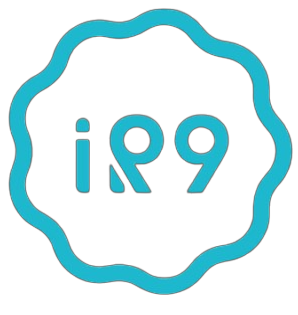
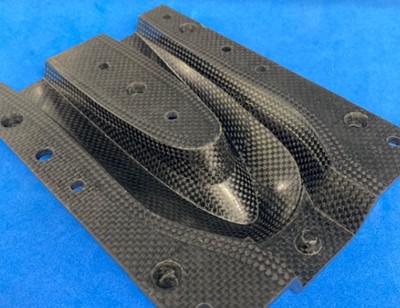
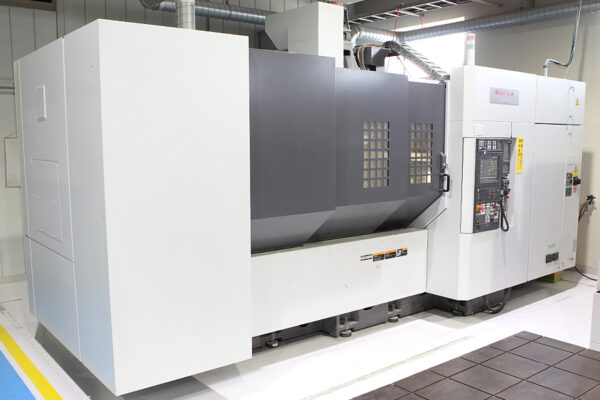
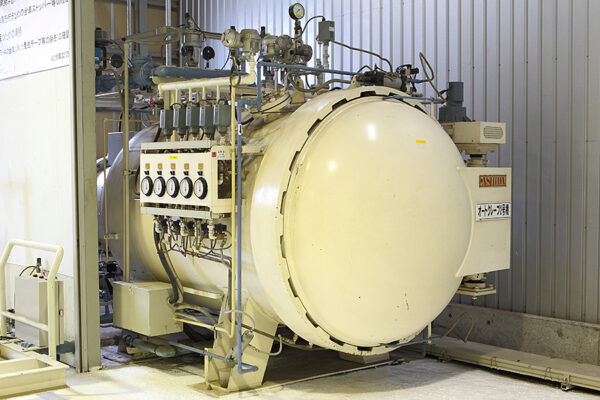
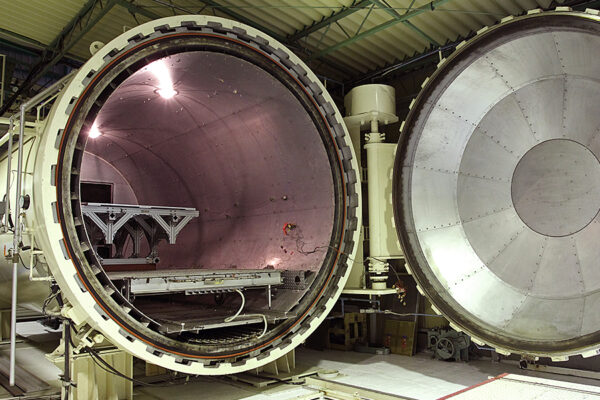
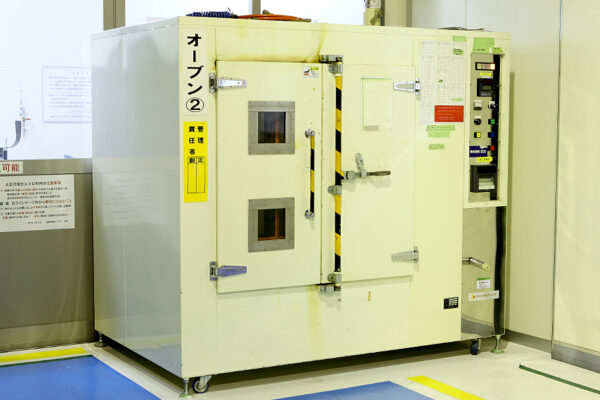
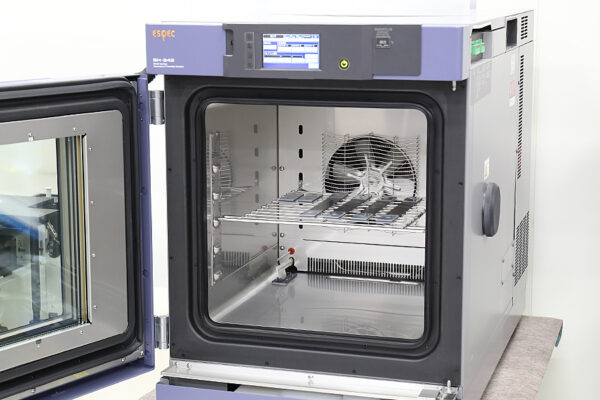
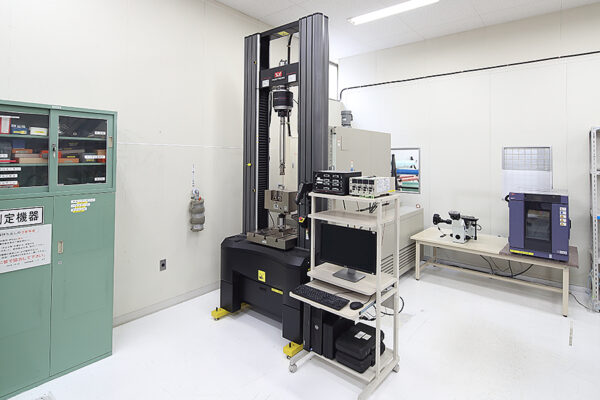
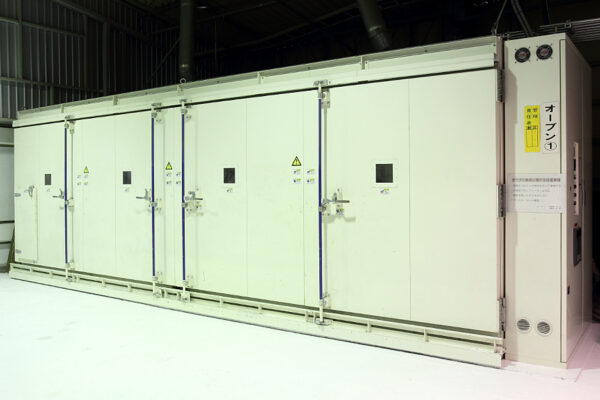
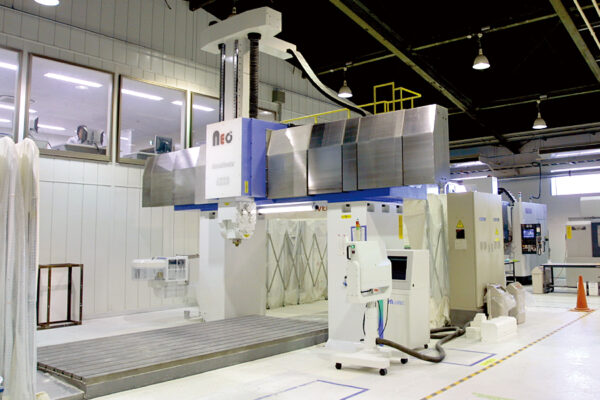
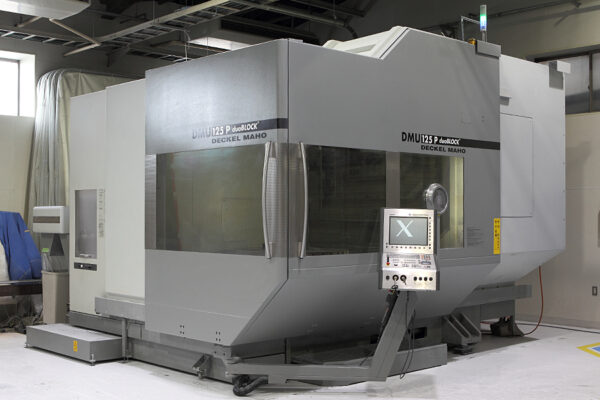
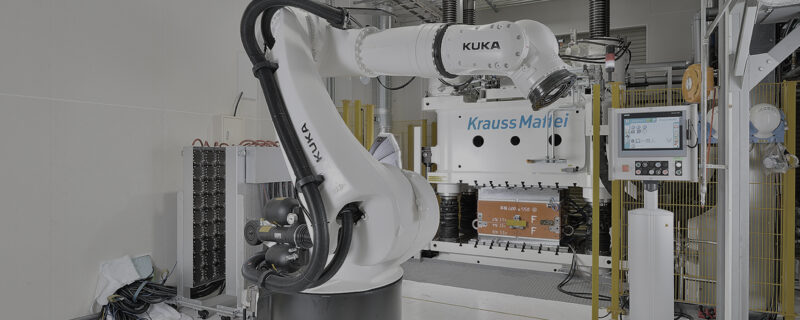
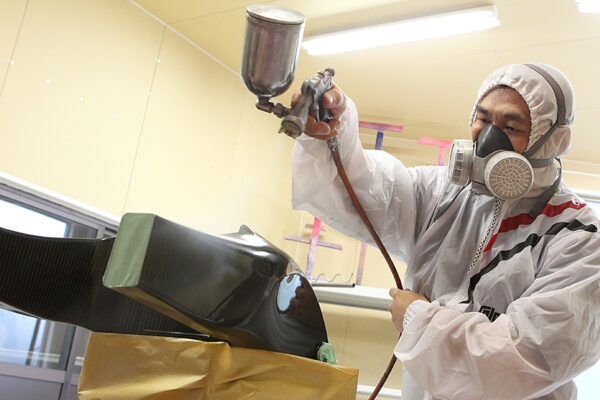
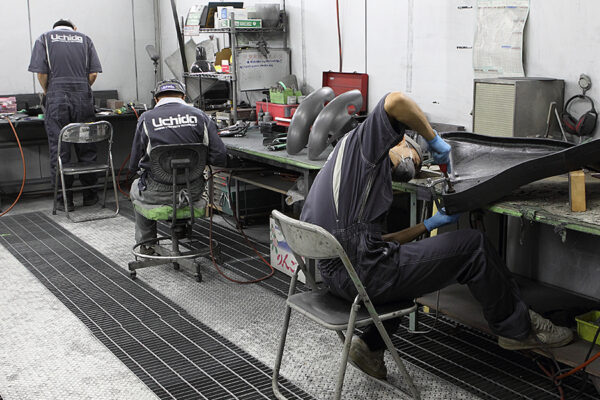
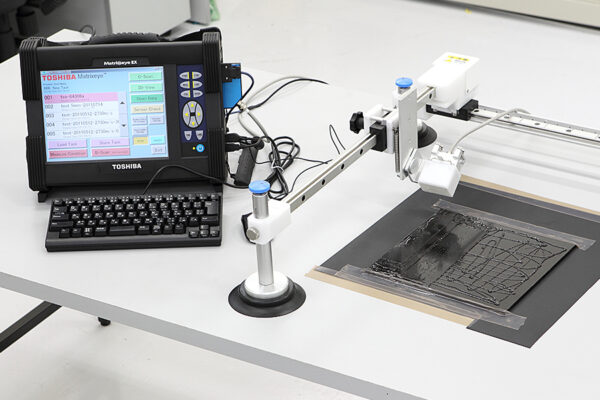
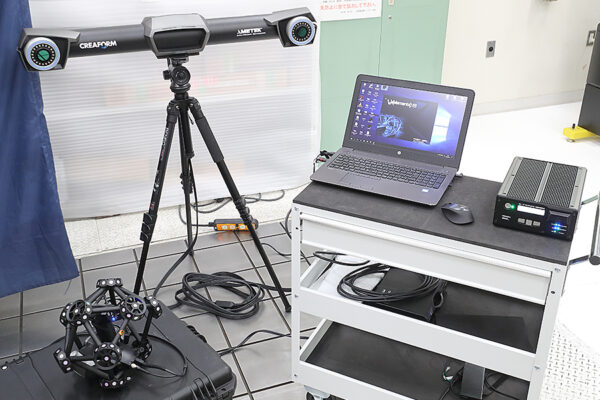
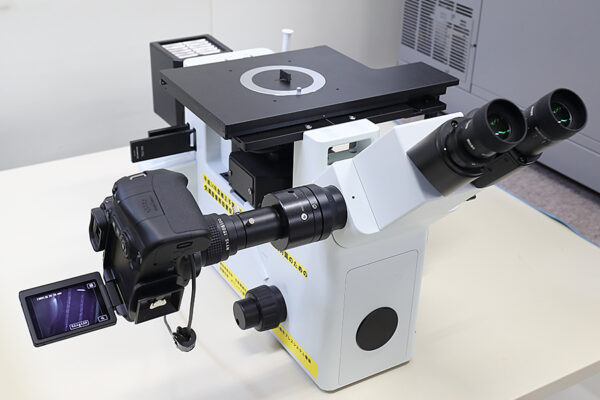
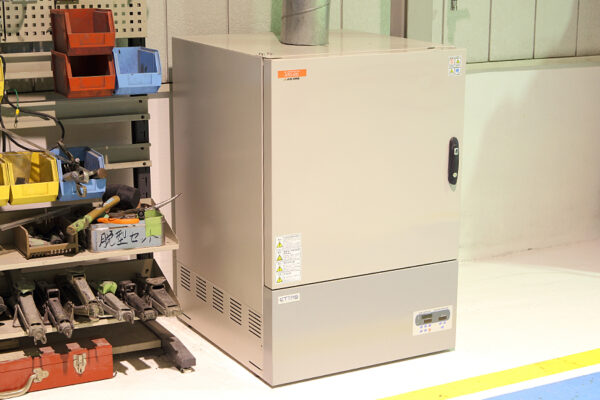
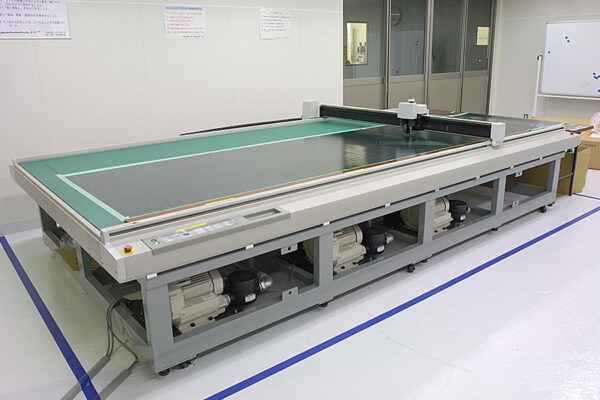
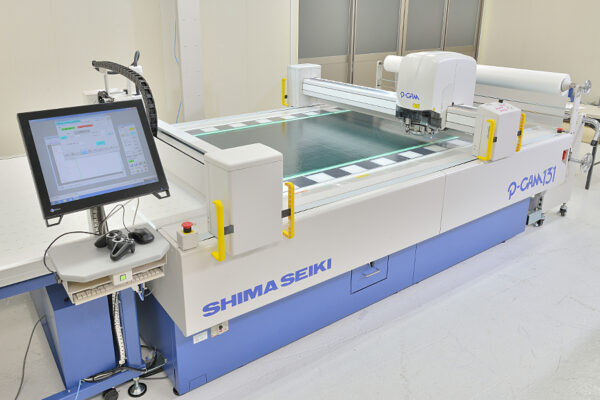
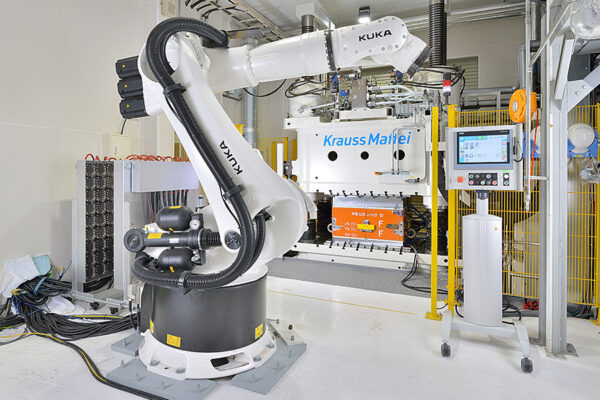
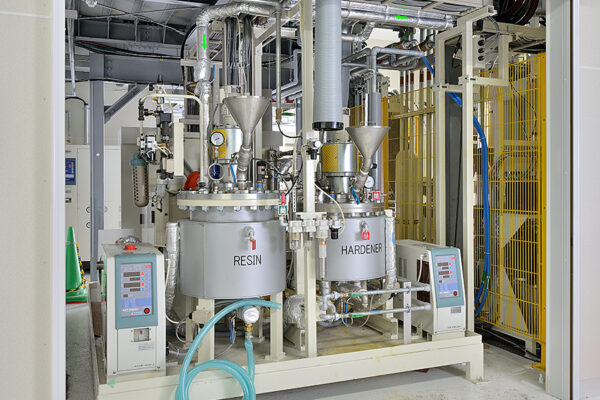
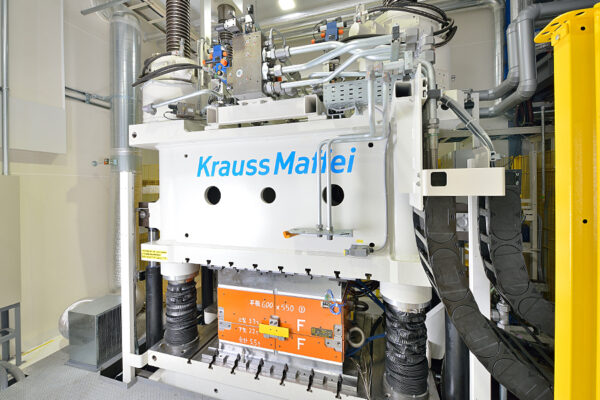
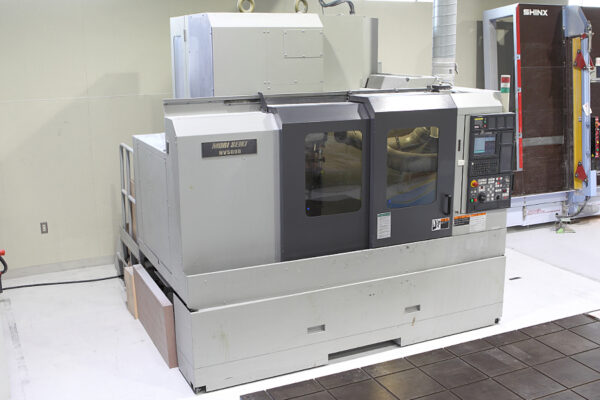
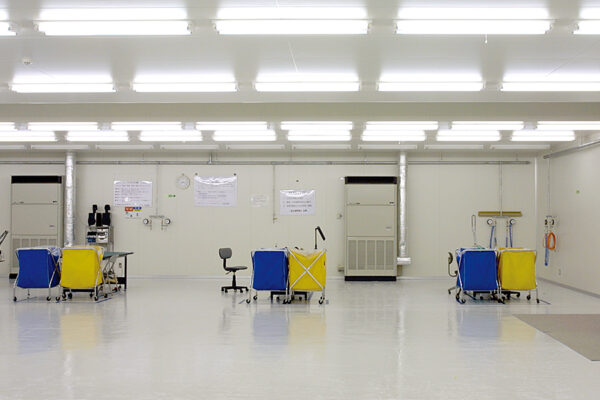
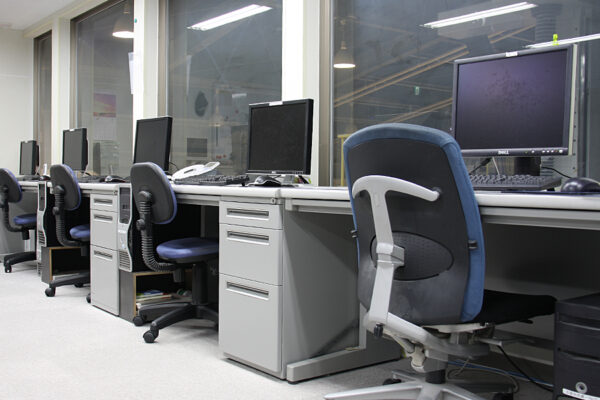
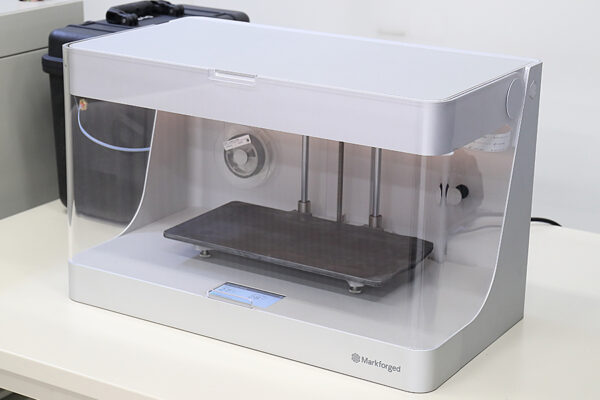
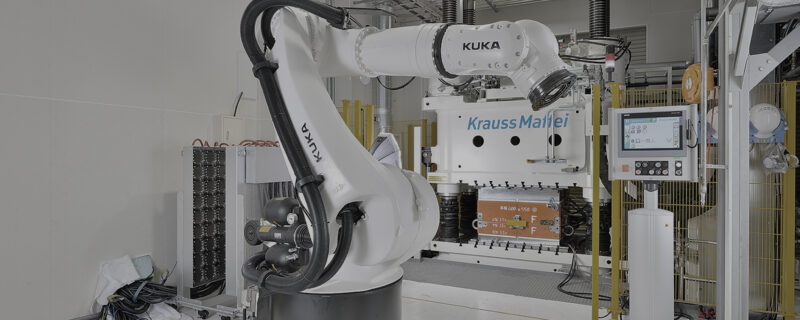

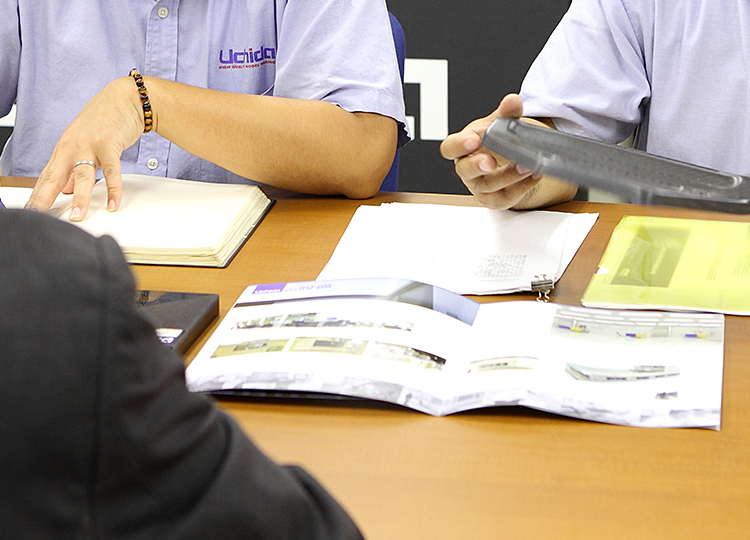
ピンバック: 【コラム】複合材料 メリット デメリット | 株式会社UCHIDA
ピンバック: 【コラム】炭素繊維とカーボンの違いについて | 株式会社UCHIDA
ピンバック: 【コラム】GFRPとは? | 株式会社UCHIDA
ピンバック: 【コラム】2023年版 FRP・CFRPとは? | 株式会社UCHIDA
ピンバック: 炭素繊維PAN系とピッチ系の違い『CFRP』【コラム】 | 株式会社UCHIDA